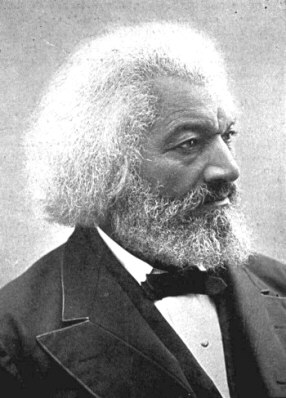
Frederick Douglass on Religion and Slavery
Found in: The Life and Times of Frederick Douglass: From 1817-1882
In the debate over slavery leading up to the Civil War, religious arguments were presented by both proslavery and antislavery spokesmen. In some instances, the same biblical passages were used as evidence in defense of their position, as was the case with The Epistle of Paul to Philemon, as referenced here by Frederick Douglass.
No theme
I have met many good religious coloured people at the South, who were under the delusion that God required them to submit to slavery, and to wear their chains with meekness and humility. I could entertain no such nonsense as this; and I quite lost my patience when I found a coloured man weak enough to believe such stuff. Nevertheless, eager as I was to partake of the tree of knowledge, [59] its fruits were bitter as well as sweet. “Slaveholders,” thought I, “are only a band of successful robbers, who, leaving their own homes, went into Africa for the purpose of stealing and reducing my people to slavery.” I loathed them as the meanest and the most wicked of men. (FROM CHAPTER XI.: GROWING IN KNOWLEDGE)